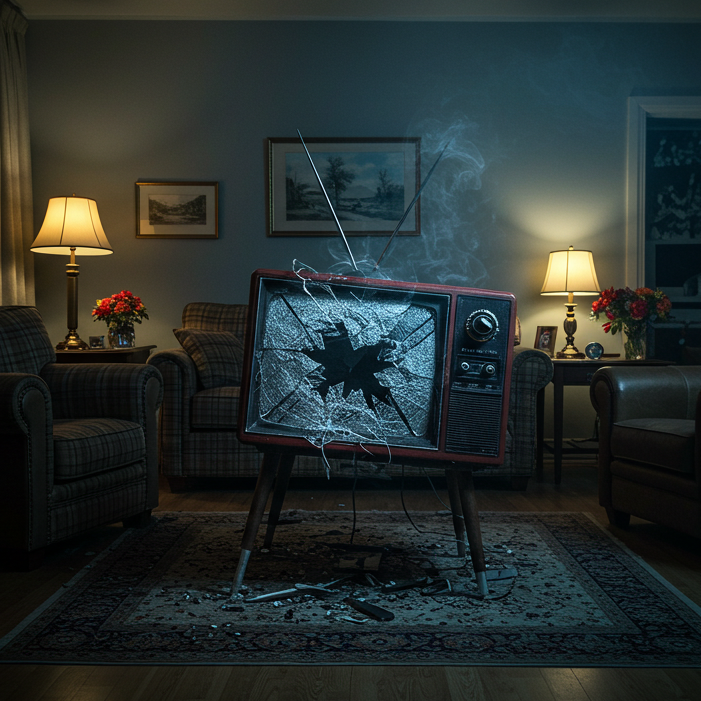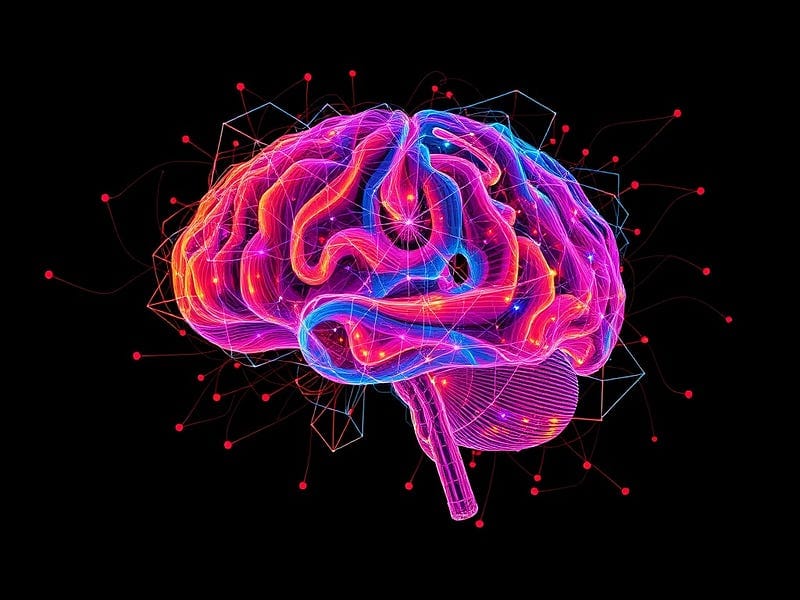Closing the Gap: Theory vs. Practice in Media Literacy and Public Discourse
In terms of your queries concerning the need to create more discerning consumers of news and information and, also how to increase public…

In terms of your queries concerning the need to create more discerning consumers of news and information and, also how to increase public dialogue and discourse — those are tough questions because, while we can read all of Stuart Hall’s and Jürgen Habermas’ work and get loads of theory, there’s clearly a big gap between theory and practice in the United States.
My short answer is that I think there’s a need for new educational tools and methods that help viewers of the news better understand reasoning and judgement in and through the media as it pertains to moral dilemmas in politics. The core idea is in using the daily news churn as an educative tool to explore the creation and exchange of meaning in American politics.
But, in order to implement a content stream of this nature, media and social media businesses as well as the various audiences have to be willing to wrestle with ideas that extend beyond the summative soundbite.
It’s a complex problem but it starts with looking very closely at the rhetoric — not the empty speech but, rather the persuasive arguments that are being exchanged on a daily basis to make statements about “reality” and the actions required in our politics and then, linking that back to moral reasoning as a way to better understand the core divergences that are occuring when we disagree in our politics.
Lastly, there’s a need to develop a more well-rounded perspective within the practices journalism about the different ways in which moral reasoning is used to make conclusions about what should be. And, the notion of objectivity in journalism needs to be updated in order to better understand and account for the arguments and sensibilities of both sides — as “objectivity’ is defined in the 21st century, there is a need to make visible the function of ideology and divergent interests in the broad scope of alternative media eco- systems.



